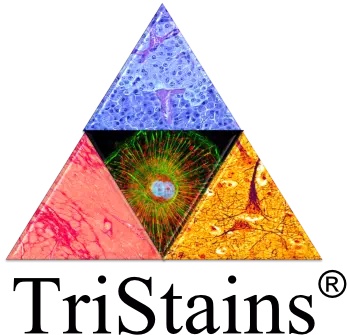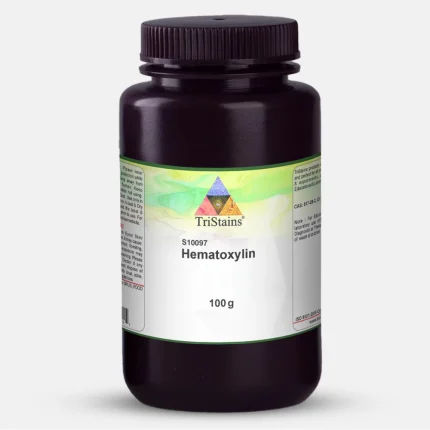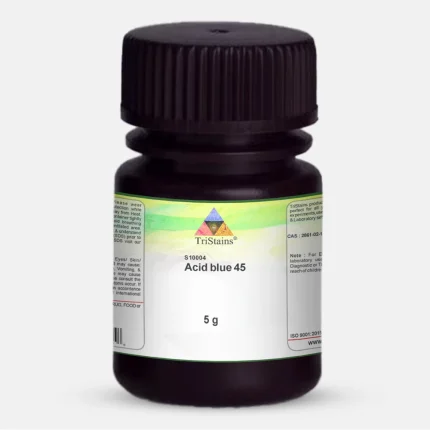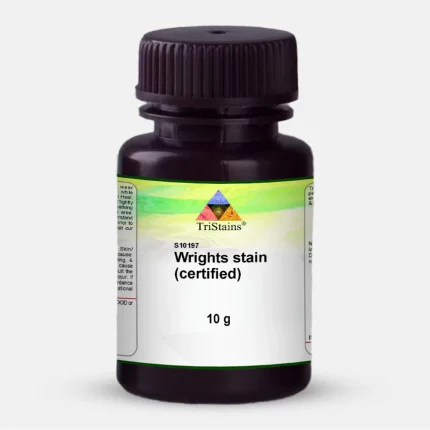Giemsa Stain, Modified Solution, Buy Histological Stains solutions for Histology, Cytology, Microbiology, Hematology Biology Lab from TriStains. All Tristains products are exclusively distributed by Dawn Scientific Inc
The modified Giemsa stain solution is a variation of the original Giemsa stain, typically containing a mixture of methylene blue, eosin, and azure dyes, also known as Azure eosin methylene blue or Giemsa solution. The modified solution may include additional components or use different ratios of the dyes to achieve specific staining characteristics or improve the staining process. The modified Giemsa stain can be used for the identification of human chromosomes through differential staining, and it is commonly employed in hematology, cytology, and microbiology.
TriStains provides a marketplace for histology and biological stains, which is comprehensive enough to encompass the peculiar requirements of laboratories specializing in Histology, Cytology, Microbiology, and Hematology. With a reputation for exceeding quality expectations, TriStains performance is outstanding which allows for resolution of cell and tissue components fundamental to life sciences to be clearly visualized. Each product under TriStains series is validated for accuracy, reliability and consistency. TriStains, which manufactures and markets stains and indicators in various packing, offers laboratories turn key solutions for all their staining and indicator needs, improving accuracy in every experiment.
Application :
- The Giemsa stain modified solution is commonly used to stain blood smears, enabling the identification and differentiation of various blood cells, such as red blood cells, white blood cells (including lymphocytes, monocytes, neutrophils, eosinophils, and basophils), and platelets.
- The Giemsa stain modified solution may be employed in karyotyping and chromosome analysis, as it can help visualize the banding patterns of chromosomes, which are essential for identifying chromosomal abnormalities.
Benefits :
- Enhances the staining quality, providing better contrast, clarity, and differentiation of cellular components
- More sensitive in detecting certain target cells or microorganisms
- Ensures more consistent and reproducible results
















Reviews
There are no reviews yet.